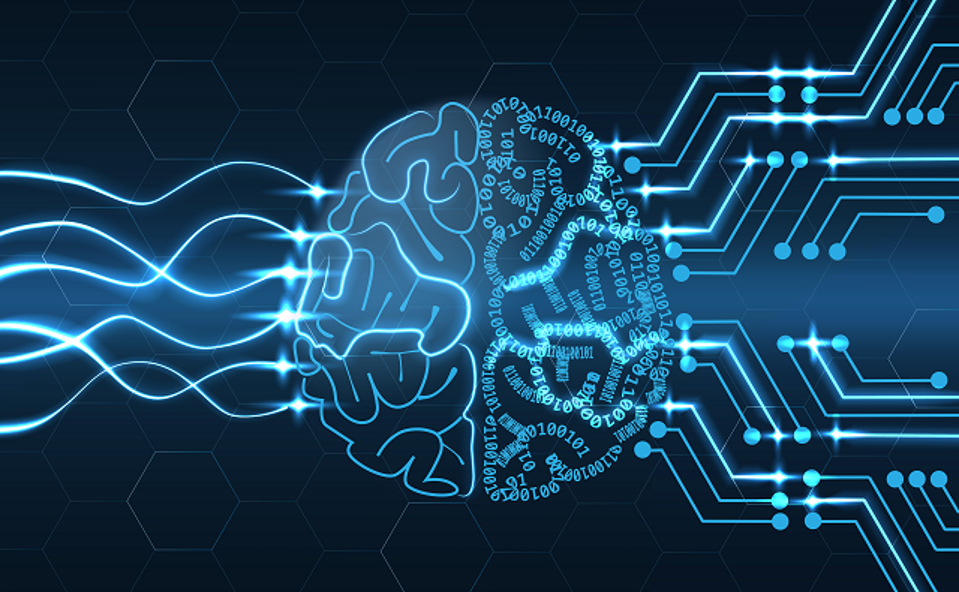Imagine a world where language barriers cease to exist, where communication is seamless across nations and tongues. This isn’t just a utopian vision; it’s the reality being shaped by the evolution of AI language models. Today, we will explore the impact and ongoing transformation of AI language models on Japanese communication. From enhancing language learning to powering customer support, these models are not just changing how we interact with technology, but also how we connect with each other. Join us as we explore this dynamic intersection of language and technology.
Introduction to the Evolution of AI Language Models
AI language models have come a long way from their primitive beginnings. These models use machine learning algorithms to understand and generate human language. The development of AI language models began with simple rule-based systems but has since evolved into complex neural networks capable of understanding context and nuance.
The introduction of models like GPT-3 by OpenAI marked a significant milestone. These models can generate human-like text based on the input they receive, making them invaluable tools for a range of applications. In Japan, AI language models are increasingly being integrated into various sectors, from customer service to content creation.
Dr. Akira Hiroshima, an AI researcher at Kyoto University, notes, “The integration of AI language models into Japanese communication has not only bridged linguistic gaps but also accelerated the pace of tech innovation in the country.”
The Impact of AI Language Models on Japanese Communication
AI language models have revolutionized both written and spoken communication in Japan. They provide real-time language translation, making it easier for people to communicate across different languages. In customer service, AI chatbots handle inquiries efficiently, reducing the workload for human staff.
These models also contribute to improving written communication by offering grammar and style suggestions. This is particularly useful for content creators who want to ensure their work is both accurate and engaging. According to Hiroshi Sato, CEO of TechSolutions Japan, “From improving customer service to content creation, AI language models have fundamentally transformed how businesses engage with Japanese consumers.”
In education, AI language models offer personalized learning experiences. They provide instant feedback, helping students improve their language skills more effectively. The impact on communication is profound, making interactions faster, more accurate, and more inclusive for instrgram gold APK.
How Japanese Language Enthusiasts and the Tech Community are Embracing AI
Japanese language enthusiasts and the tech community have eagerly embraced AI language models. For language learners, these models offer new opportunities for practice and improvement. Tools like Nihongo AI Tutor provide personalized feedback, making language learning a more interactive and effective experience.
The tech community in Japan is also leveraging AI for innovation. Startups and established companies alike are developing new applications that utilize AI language models. These range from advanced translation services to AI-driven content generation tools.
“AI language models are a double-edged sword, offering new learning opportunities while challenging traditional language norms,” says Professor Yuki Tanaka from the Linguistics Department at Waseda University. This dual impact is driving both excitement and cautious optimism within the community.
Case Studies: Real-World Applications of AI Language Models in Japan
ChatGPT in Social Media and Messaging Apps
One prominent example of AI language models in action is ChatGPT, developed by OpenAI. Integrated into social media platforms and messaging apps in Japan, ChatGPT offers advanced Japanese language processing for more natural and context-aware conversations. This has made interactions smoother and more engaging for users.
AI-Driven Content Generation
Large-scale AI language models like GPT-3 have enabled the creation of AI-driven content generation tools in Japanese. These tools are significantly impacting digital content creation, allowing companies to produce high-quality content quickly. This is particularly beneficial for marketing and media companies looking to keep up with the fast-paced digital landscape.
Nihongo AI Tutor
Nihongo AI Tutor is a language learning platform that uses AI to provide personalized feedback and guidance in Japanese. This platform has seen a surge in popularity among learners, highlighting the role of AI in language education. Students receive instant corrections and suggestions, making their learning process more efficient and enjoyable.
Challenges and Future Directions for AI Language Models in Japanese
While the benefits of AI language models are clear, there are also challenges that need to be addressed. One major concern is privacy. With AI models handling vast amounts of data, ensuring that personal information is protected is crucial.
Ethical considerations are also paramount. The use of AI in communication must be transparent and fair, avoiding biases that could disadvantage certain groups. Emi Yamada, a tech ethicist and founder of the Digital Humanity Initiative, emphasizes, “The future of AI language models in Japan is promising, but we must address privacy and ethical concerns to ensure responsible use and development.”
Looking ahead, the next frontier for AI language models is enabling natural, human-like conversations in Japanese. This presents technical challenges, such as improving the models’ understanding of context and cultural nuances. However, the potential rewards make it a worthwhile endeavor.
Conclusion
The evolution of AI language models is transforming Japanese communication in unprecedented ways. These models are breaking down language barriers, enhancing customer service, and offering new opportunities for language learning and content creation.
As we look to the future, it is essential to address the challenges and ethical considerations associated with AI. By doing so, we can ensure that these powerful tools are used responsibly and effectively.
For those interested in exploring the potential of AI language models further, now is the perfect time to get involved. Whether you’re a language enthusiast, a tech professional, or simply curious about the future of communication, the ongoing evolution of AI offers exciting opportunities to learn and innovate and for more information you can visit this website https://gptchat.jp/.
Dr. Akira Hiroshima’s words resonate as we reflect on this transformation, “The integration of AI language models into Japanese communication has not only bridged linguistic gaps but also accelerated the pace of tech innovation in the country.” The journey is far from over, and the possibilities are endless.

 Join Daily Trust WhatsApp Community For Quick Access To News and Happenings Around You.
Join Daily Trust WhatsApp Community For Quick Access To News and Happenings Around You.


